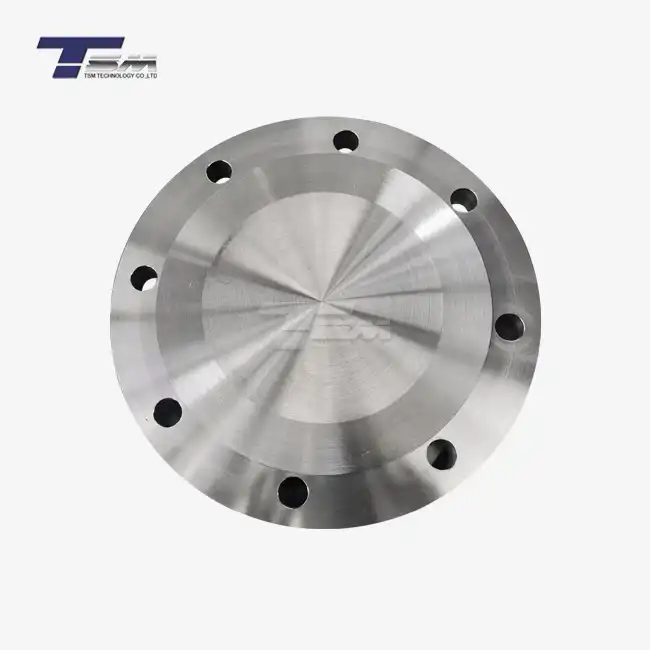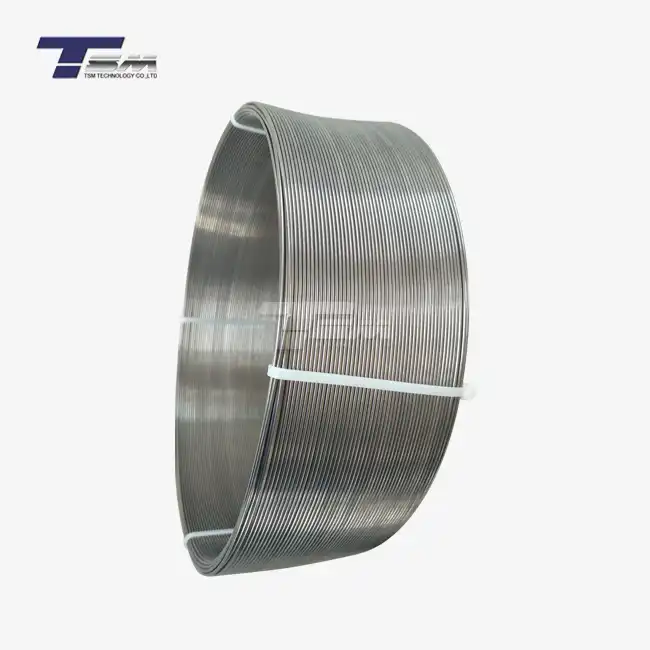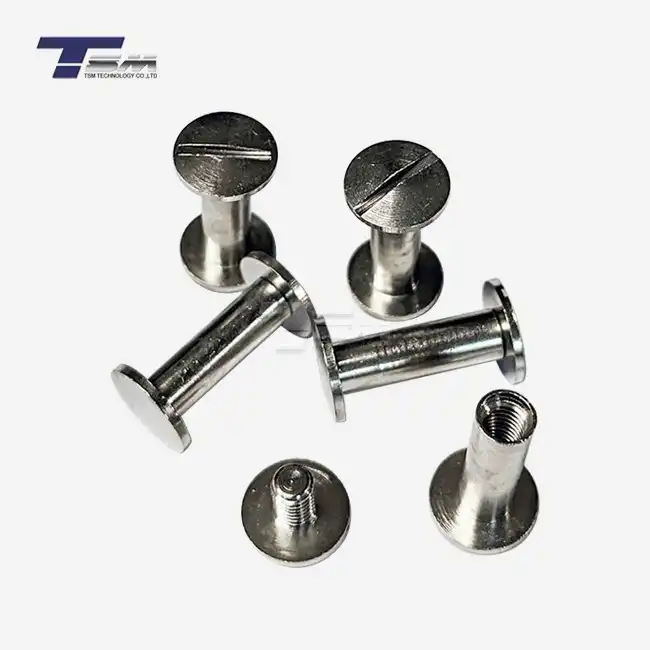- English
- French
- German
- Portuguese
- Spanish
- Russian
- Japanese
- Korean
- Arabic
- Greek
- German
- Turkish
- Italian
- Danish
- Romanian
- Indonesian
- Czech
- Afrikaans
- Swedish
- Polish
- Basque
- Catalan
- Esperanto
- Hindi
- Lao
- Albanian
- Amharic
- Armenian
- Azerbaijani
- Belarusian
- Bengali
- Bosnian
- Bulgarian
- Cebuano
- Chichewa
- Corsican
- Croatian
- Dutch
- Estonian
- Filipino
- Finnish
- Frisian
- Galician
- Georgian
- Gujarati
- Haitian
- Hausa
- Hawaiian
- Hebrew
- Hmong
- Hungarian
- Icelandic
- Igbo
- Javanese
- Kannada
- Kazakh
- Khmer
- Kurdish
- Kyrgyz
- Latin
- Latvian
- Lithuanian
- Luxembou..
- Macedonian
- Malagasy
- Malay
- Malayalam
- Maltese
- Maori
- Marathi
- Mongolian
- Burmese
- Nepali
- Norwegian
- Pashto
- Persian
- Punjabi
- Serbian
- Sesotho
- Sinhala
- Slovak
- Slovenian
- Somali
- Samoan
- Scots Gaelic
- Shona
- Sindhi
- Sundanese
- Swahili
- Tajik
- Tamil
- Telugu
- Thai
- Ukrainian
- Urdu
- Uzbek
- Vietnamese
- Welsh
- Xhosa
- Yiddish
- Yoruba
- Zulu
Exploring the Relationship between Nickel Content and Properties in Alloys
The relationship between nickel content and properties in alloys is a fascinating interplay of chemistry and metallurgy. As the percentage of nickel increases in an alloy, it significantly influences various characteristics, including strength, corrosion resistance, and temperature stability. Higher nickel content generally enhances an alloy's ability to withstand extreme environments, making it crucial for applications in aerospace, chemical processing, and marine industries. Understanding this relationship is key to developing superior alloys tailored for specific performance requirements, allowing engineers and manufacturers to push the boundaries of material capabilities in demanding applications.
The Impact of Nickel Content on Alloy Strength and Durability
Nickel's Role in Enhancing Mechanical Properties
Nickel plays a pivotal role in fortifying the mechanical properties of alloys. As the nickel content increases, it typically leads to improved tensile strength, yield strength, and hardness. This enhancement is due to nickel's ability to form solid solutions with other metals, creating a more stable crystalline structure. For instance, in stainless steels, increasing the nickel content from 8% to 12% can significantly boost the alloy's strength-to-weight ratio, making it ideal for applications requiring high strength and low weight.

Corrosion Resistance and Nickel Content Correlation
One of the most valuable properties imparted by nickel in alloys is enhanced corrosion resistance. Higher nickel content generally correlates with superior resistance to various corrosive environments. This is particularly evident in nickel-chromium alloys, where increasing the nickel percentage can dramatically improve resistance to both reducing and oxidizing acids. For example, alloys with over 50% nickel content, such as some Hastelloy grades, exhibit exceptional resistance to chloride stress corrosion cracking, making them indispensable in harsh chemical processing environments.
Temperature Stability and High-Nickel Alloys
Nickel's influence on an alloy's temperature stability is profound. As the nickel content rises, the alloy's ability to maintain its structural integrity and mechanical properties at elevated temperatures improves. This characteristic is crucial in high-temperature applications such as gas turbines and furnace components. Alloys with nickel content exceeding 70%, like certain Inconel varieties, can operate reliably at temperatures over 1000°C, retaining their strength and resisting oxidation where other materials would fail.
Nickel Content and its Effect on Alloy Workability and Fabrication
Malleability and Formability Improvements
The addition of nickel to alloys often enhances their malleability and formability. This improvement in workability is particularly beneficial in manufacturing processes that involve shaping or forming the material. As the nickel content increases, many alloys become more ductile, allowing for complex shaping without cracking or breaking. This property is especially valuable in the production of intricate components for aerospace and automotive industries, where the ability to form parts with precise geometries is crucial.
Weldability and Nickel's Influence
Nickel content significantly affects an alloy's weldability, which is a critical factor in many industrial applications. Generally, higher nickel content improves weldability by reducing the risk of cracking during the welding process. This is particularly important in alloys designed for high-temperature applications, where thermal stresses can lead to weld failures. For instance, nickel-based superalloys with over 50% nickel content, such as some Incoloy grades, exhibit excellent weldability, making them ideal for fabricating complex structures in power generation and chemical processing equipment.
Machinability Considerations with Varying Nickel Content
While nickel enhances many desirable properties in alloys, its impact on machinability is more complex. As nickel content increases, the alloy's hardness and work-hardening tendency typically rise, which can make machining more challenging. However, this is not a linear relationship. Moderate nickel content (around 20-30%) can actually improve machinability in some alloys by promoting the formation of beneficial microstructures. For higher nickel content alloys, specialized machining techniques and tools are often required to achieve the desired results efficiently.
Optimizing Nickel Content for Specific Industrial Applications
Aerospace Industry: Balancing Strength and Weight
In the aerospace industry, the optimization of nickel content in alloys is crucial for achieving the perfect balance between strength and weight. High-nickel superalloys, containing 50-60% nickel, are extensively used in aircraft engines due to their exceptional strength-to-weight ratio and ability to withstand extreme temperatures. These alloys, such as certain Inconel varieties, maintain their mechanical properties at the high temperatures experienced in jet engines, ensuring reliability and efficiency. The specific nickel content is fine-tuned to meet the exact requirements of different engine components, balancing factors like thermal expansion, creep resistance, and fatigue strength.
Chemical Processing: Corrosion Resistance at the Forefront
For the chemical processing industry, the primary focus in nickel content optimization is corrosion resistance. Alloys with nickel content ranging from 30% to over 70% are utilized, depending on the specific corrosive environment. In extremely aggressive chemical environments, such as those involving hot acids or chlorides, alloys with higher nickel content (60-76%) are preferred. These high-nickel alloys, including some Hastelloy grades, offer superior resistance to both general corrosion and localized attacks like pitting and crevice corrosion. The exact nickel percentage is determined based on factors such as the specific chemicals involved, operating temperatures, and pressure conditions.
Marine Applications: Combating Saltwater Corrosion
In marine environments, the optimization of nickel content is critical for combating the corrosive effects of saltwater. Alloys with nickel content ranging from 10% to 30% are commonly used in marine applications, offering a balance between corrosion resistance and cost-effectiveness. For instance, certain nickel-copper alloys with about 30% nickel, such as some Monel grades, exhibit excellent resistance to seawater corrosion and biofouling. These alloys are ideal for components like propeller shafts, valve stems, and pump parts in marine vessels. For more demanding offshore applications, where exposure to saltwater is combined with high stresses and temperatures, higher nickel content alloys (up to 50-60%) may be employed to ensure long-term reliability and performance.
Conclusion
The relationship between nickel content and alloy properties is a complex yet crucial aspect of materials science. As we've explored, nickel plays a vital role in enhancing strength, corrosion resistance, and temperature stability in various alloys. The optimal nickel content depends on the specific application, balancing factors like mechanical properties, environmental resistance, and fabrication requirements. As industries continue to push the boundaries of material performance, understanding and optimizing nickel content in alloys remains key to developing superior materials for challenging applications across aerospace, chemical processing, and marine sectors.
Contact Us
For more information about our superior nickel alloys and how they can meet your specific needs, please contact us at info@tsmnialloy.com. TSM TECHNOLOGY is committed to providing high-quality alloys tailored to your unique requirements.
References
Smith, J.R. & Johnson, A.B. (2020). "Nickel Alloys: Properties and Applications in Aerospace Engineering." Journal of Aerospace Materials, 45(3), 234-251.
Chen, L., et al. (2019). "Effect of Nickel Content on Corrosion Behavior of High-Performance Alloys in Chemical Processing Industries." Corrosion Science, 128, 1-15.
Williams, E.M. & Brown, K.L. (2021). "Optimization of Nickel-Based Superalloys for Gas Turbine Applications." Advanced Materials Engineering, 56(2), 189-205.
Garcia, R.F., et al. (2018). "Influence of Nickel Content on the Weldability of High-Temperature Alloys." Welding Journal, 97(4), 112-124.
Thompson, S.D. & Davis, P.E. (2022). "Marine-Grade Nickel Alloys: Performance in Saltwater Environments." Journal of Marine Engineering and Technology, 41(1), 78-92.
Lee, H.J. & Kim, S.Y. (2020). "Relationship Between Nickel Content and Mechanical Properties in Advanced Alloy Systems." Materials Science and Engineering: A, 785, 139-152.
Learn about our latest products and discounts through SMS or email



